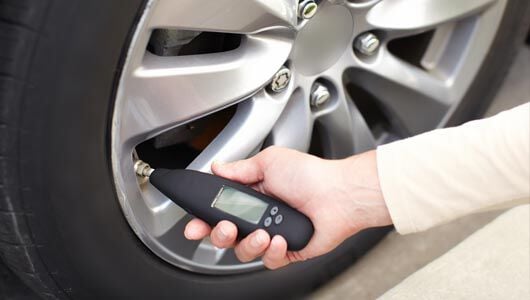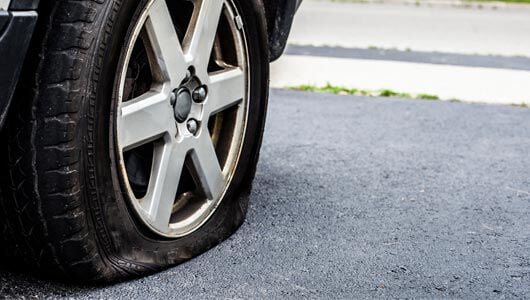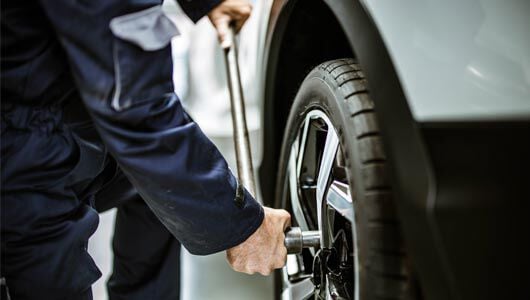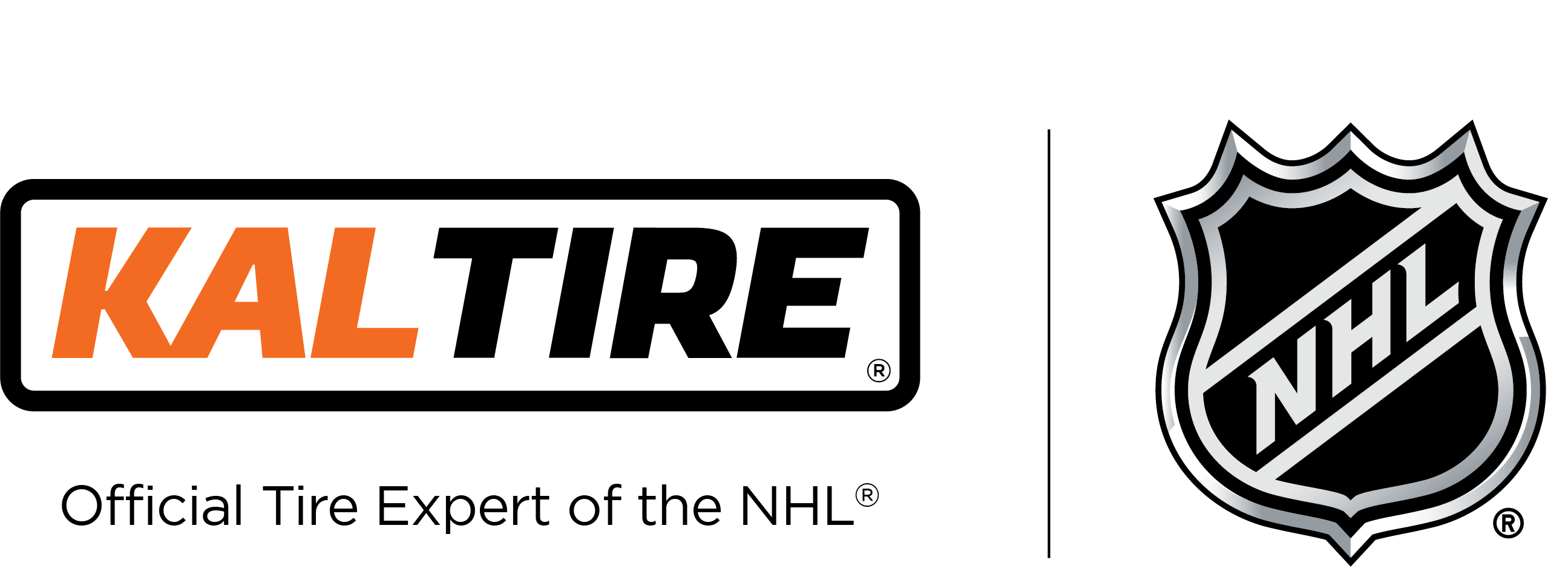How to check tire pressure: A 5-step guide
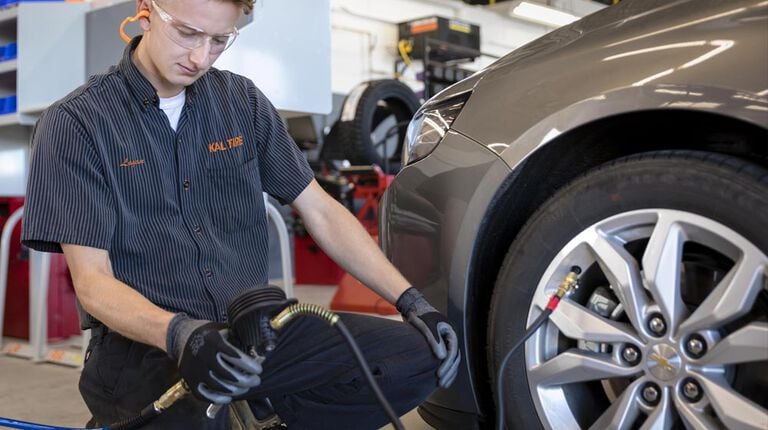
What’s the best way to ensure your tires deliver the best fuel economy and handling performance? You guessed it, it’s all about maintaining the proper air pressure.
Checking your tire pressure is an important step that leads to longer tire life and safety, and it only takes a few minutes. In this guide, we’re going to help you learn how to check tire pressure in five simple steps.
1. Find the recommended pressure for your tires
You can find the recommended tire pressure for your vehicle in one of three places:
- On a sticker on the driver’s side door jamb
- In your owner’s manual
- Near the trunk lid, the console or on the fuel door
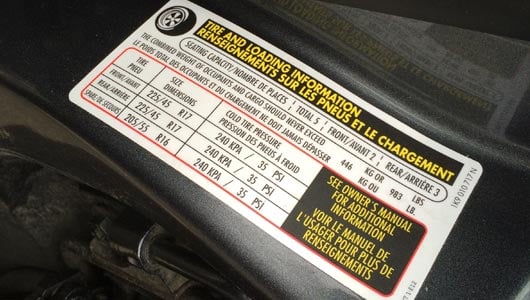
You’re looking for a two-digit number followed by ‘PSI’ (pounds per square inch). For example, a common recommended air pressure on passenger vehicles is 35 PSI.
It’s important to follow and maintain this pressure because it indicates the minimum amount of air pressure needed to support the weight of your vehicle. You might notice the ‘MAX PSI’ marking on the sidewall of your tire. It’s critical that you don’t use this air pressure level because this is the maximum possible pressure, not the optimum or recommended pressure.
2. Check your tire pressure at the right time
What’s the best time to check tire pressure? The ideal time is when they’re ‘cold’—first thing in the morning or a few hours after the vehicle been parked (in the shade, possible). If your tires are warm from driving, you’ll get a less accurate reading.
Best practice is to check your inflation levels once a month. To help make this a habit, some drivers check their tire pressure every time they fill up gas.
If your tire is hot, never lower the pressure to recommended PSI; as the tire cools, the pressure level will decrease.
3. Use a reliable gauge to check your tire pressure
To make it easier to check your tires frequently, you’ll want to have a good, reliable tire gauge on hand.
Tire gauges can be sensitive to getting knocked around and the gauges at gas stations are sometimes inaccurate, so it’s worth ensuring you’re using a gauge that’s accurate.
There are three types of tire gauges:
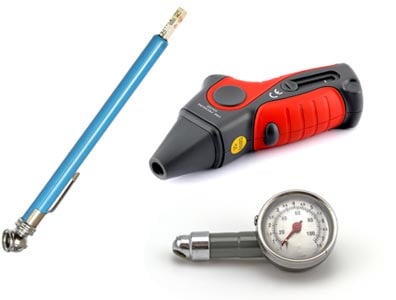
1. The stick tire gauge - The old stick gauges look a bit like a metal pocket pen. Inside is a bar or rod that slides out when the valve end of the stick gauge presses the valve stem of the tire.
2. The dial tire gauge - Dial gauges, also known as analog gauges, have a round, clock-like face.
3. The digital tire gauge - Just like a digital watch that uses an electronic LCD display, it’s simple to get your tire pressure reading on a digital gauge.
4. Check your tire pressure!
Now that you’ve got your tire gauge in hand, here’s what to do:
1. Remove the valve cap on the tire.
2. Press the tire gauge on to the valve. If you’re using a stick gauge, make sure you’re using the open end, not the side that releases air.
3. Wait for the pressure reading on the screen. On a stick gauge, wait until the white plastic stick stops moving. On a dial gauge, wait until the needle on the face stops moving
We recommend repeating the check two or three times to ensure an accurate reading, and then following it through again for each of your four tires and your spare.
5. Inflate tires as needed
Now that you have your reading, you can compare it to the manufacturer’s recommended tire pressure. Add just enough to achieve the recommended air pressure. If you’ve added too much, push on the metal stem in the center of the valve to release air. Check the reading again and repeat if necessary. Remember to put the valve cap back on the tire!
Note: If your tires are seriously under-inflated (25 per cent or more), do not drive on them to fill up with air. Driving on significantly under-inflated tires can damage the casing inside the tire beyond repair. Under inflation is also one of the most common causes of tire blowouts, which can be incredibly dangerous for you and others on the road.
While you’re checking air pressure on your road tires, remember your spare! This will help ensure these tires are ready to perform in case you get a flat tire.



